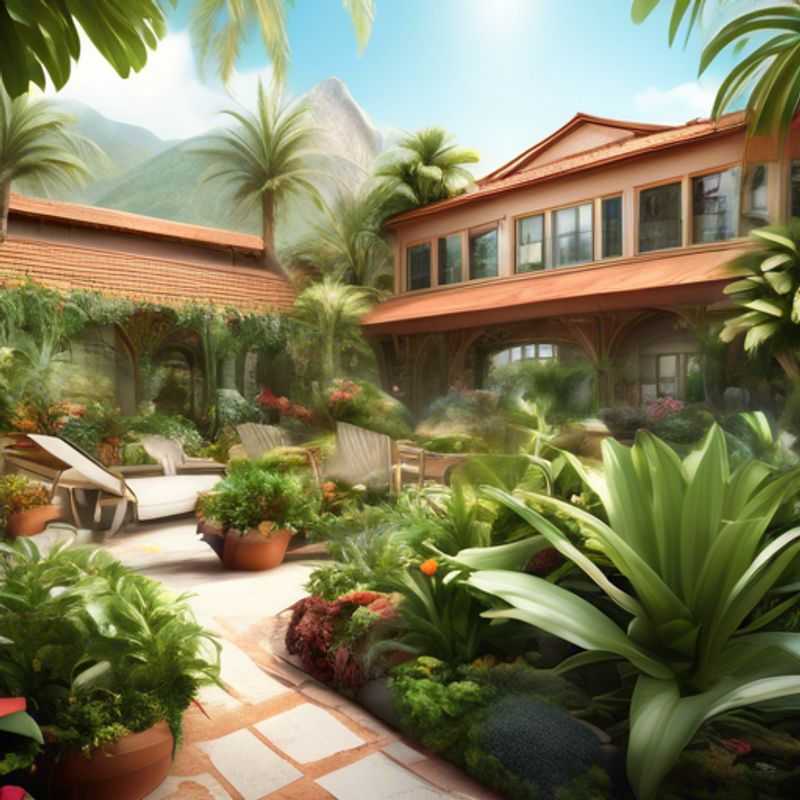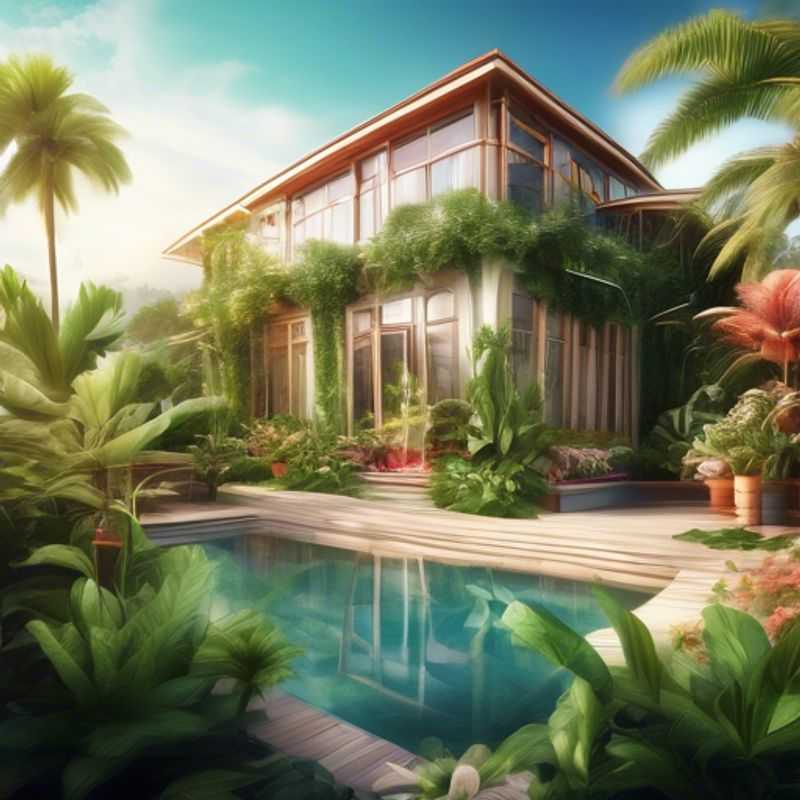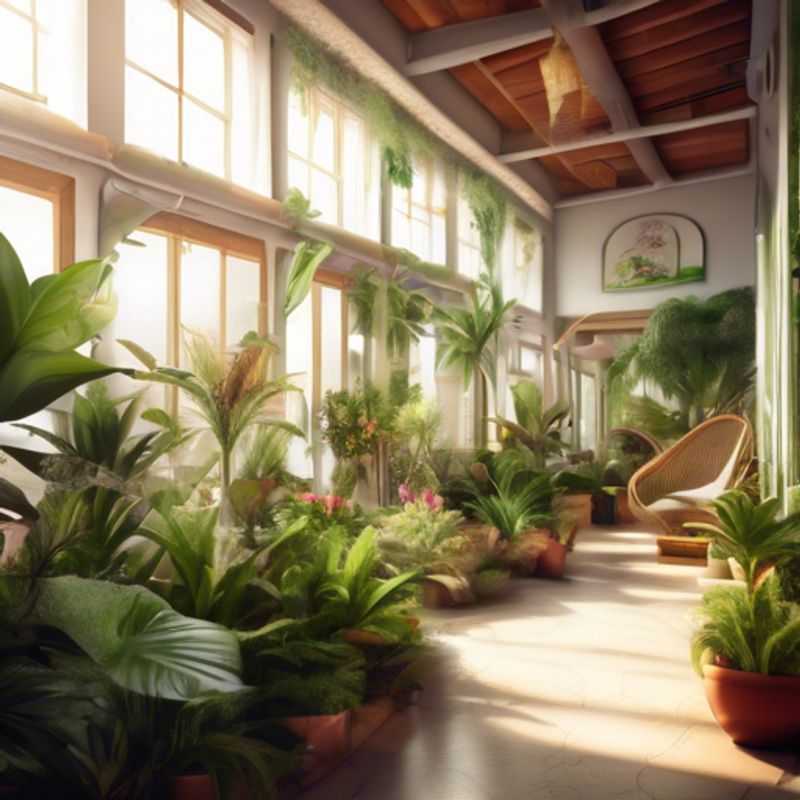Top 3 Things to Know Before Buying Houseplants: Light, Growth, and Fit

Light, Water, and Soil: The Trifecta of Plant Care
Growth Habits and Size: Planning for the Future
Space and Lifestyle: A Match Made in Green Heaven
Bringing the outdoors in with houseplants is a beautiful way to liven up your space.

Unlocking Plant Happiness: Understanding Light, Water, and Soil Needs
Understanding a plant's needs for light, water, and soil is crucial for successful gardening. Light is essential for photosynthesis, the process plants use to produce energy. Different plants have different light requirements: some thrive in full sun, others prefer shade.
Water is vital for plant growth, transporting nutrients and keeping them hydrated. The frequency and amount of watering depend on the plant species, soil type, and climate. Overwatering can be as harmful as underwatering, leading to root rot.
Soil provides structure and nutrients for plants. The ideal soil composition varies depending on the plant. Testing the soil pH is important to ensure it's within the optimal range for your chosen plants.
Knowing the specific requirements of each plant is key to healthy growth. Research your plants to understand their needs for light, water, and soil, and adjust your care accordingly.
Consider using a soil testing kit to determine the pH and nutrient levels of your soil. This will help you tailor your plant care for optimal growth. Additionally, investing in a water meter can assist in determining soil moisture levels and prevent overwatering.
While it's best to start with plants suitable for your local climate, remember that proper care can extend the growing season for certain plants. By understanding and addressing your plants' needs, you can create a thriving garden that brings joy and beauty to your life.

Understanding Your Plant's Growth Habit: A Guide to Size and Space
Understanding a plant's growth habits and potential size is crucial for successful gardening. Researching this information before planting is vital for a harmonious garden.
Firstly, consider the plant's mature size. This refers to its ultimate height and width when fully grown. Knowing this helps you choose the right location, ensuring the plant has enough space. If you have a small garden, opt for compact varieties.
Next, understand the plant's growth habit. Some plants grow upright, while others spread horizontally. Knowing this helps determine the plant's shape and how much space it will occupy. For example, a climbing plant may require a trellis or wall for support.
Additionally, research the plant's growth rate. Fast-growing plants may require more frequent pruning and monitoring, while slow-growing ones offer a more relaxed gardening experience. This also helps you determine the plant's impact on the surrounding environment.
Finally, consider the plant's sun and water requirements. Some plants thrive in full sun, while others prefer shade. Similarly, some need frequent watering, while others are drought-tolerant. This information ensures you select the right spot and watering regime for your plant.
By researching this information, you ensure your garden thrives, preventing overcrowding and maximizing the beauty of each plant. Happy gardening!

Choosing the Right Plant for Your Home: A Guide to Successful Indoor Gardening
Before you bring a new plant home, consider its needs and your living space. This is crucial for both your well-being and the plant's survival. Think of it like a match-making process for you and your new leafy friend.
First, assess the lighting conditions in your home. Most plants need bright, indirect light, but some thrive in low-light conditions. Pay close attention to where you intend to place your plant. Will it get enough light throughout the day? A sunny window is ideal for most plants, but don't forget to rotate them regularly so all sides get light.
Next, think about your lifestyle. How often are you willing to water and maintain your plant? Some plants are quite demanding, needing frequent watering and fertilization, while others are more forgiving. If you travel frequently, consider low-maintenance options like succulents or snake plants.
Finally, don't forget about the size and space requirements. Will your plant have enough room to grow? Make sure it won't be overcrowded by furniture or other plants. Also, consider the potential for allergens or toxicity if you have pets or children.
